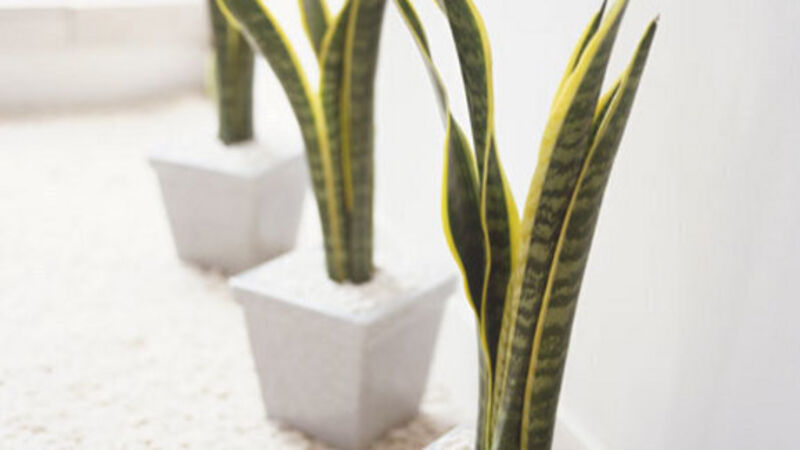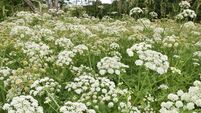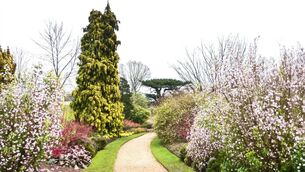Green and pleasant pot plants will work as natural air con

As winter bites and we wrap the house up tight; heating on full blast and windows closed to the cold gusts — we may feel protected from the elements. But are we really doing more harm than good?
Indoor air quality is a major factor in quality of health. Poorly circulated, dry, unreplenished air will cause you to suffer headaches, tired eyes, sore throats, blocked nasal passages, irritability and a whole host of symptoms more flu-like than the flu we’re trying to avoid.










